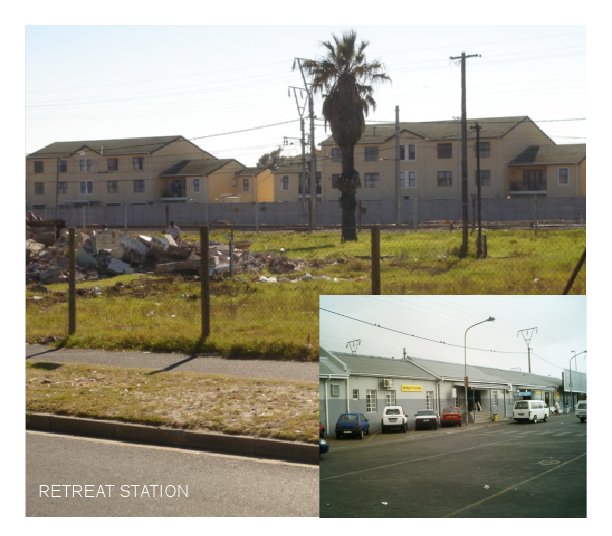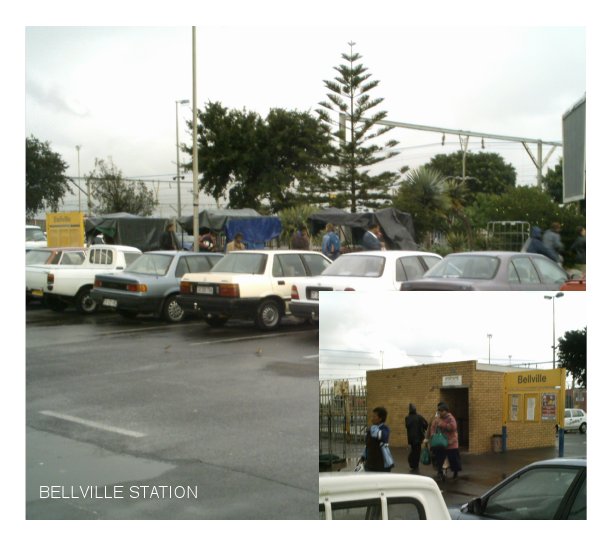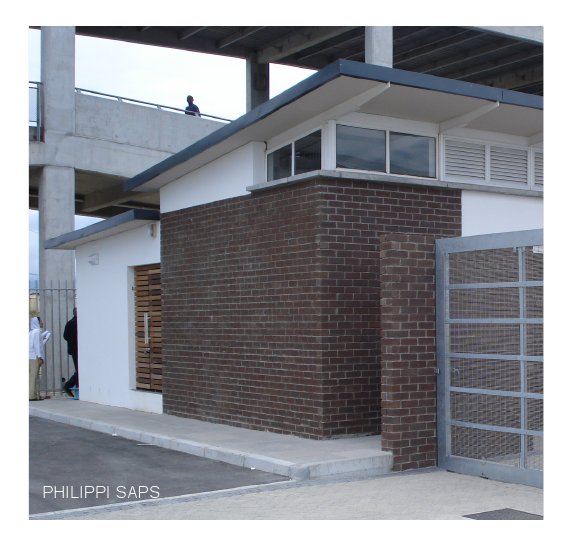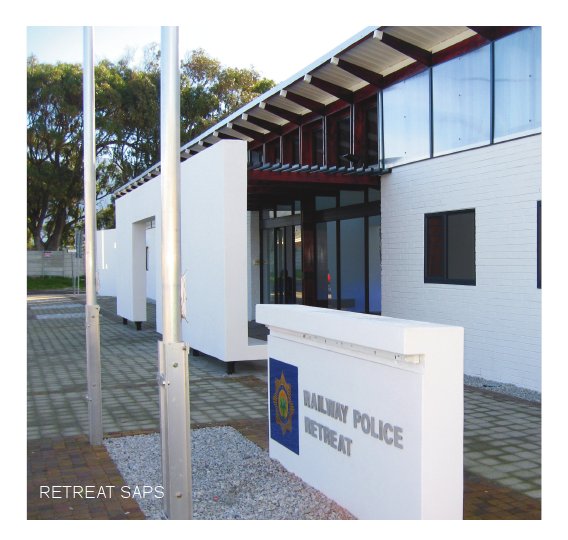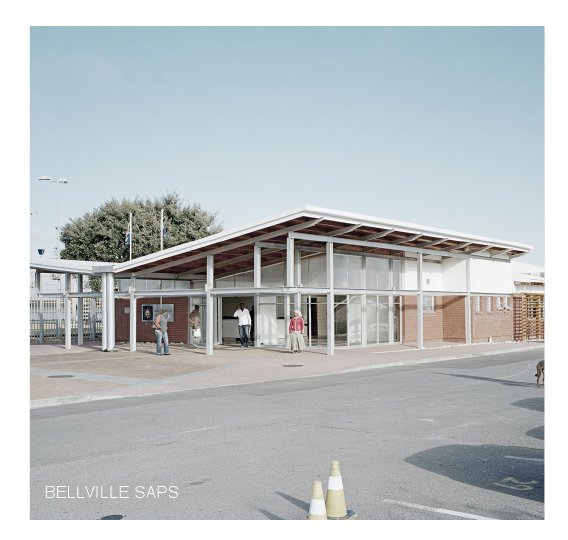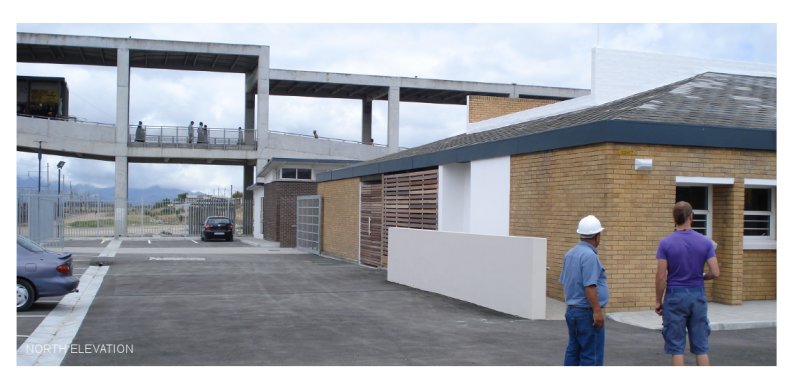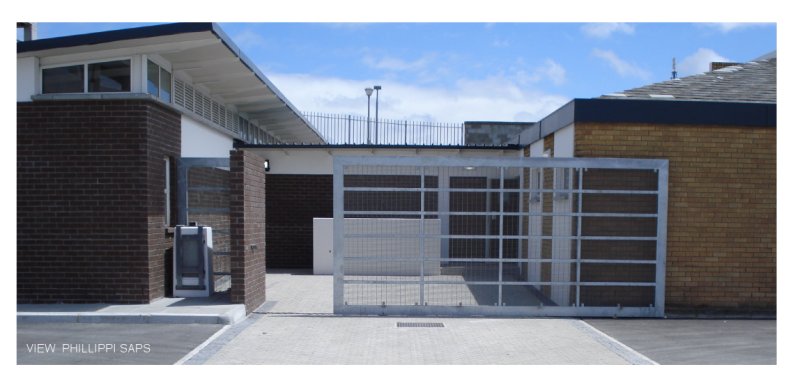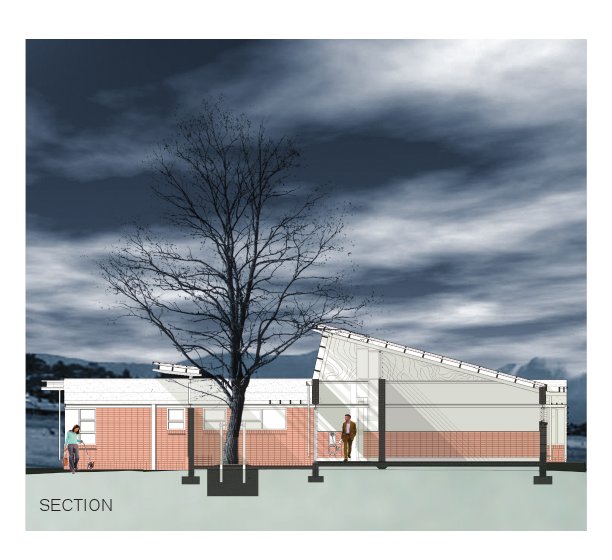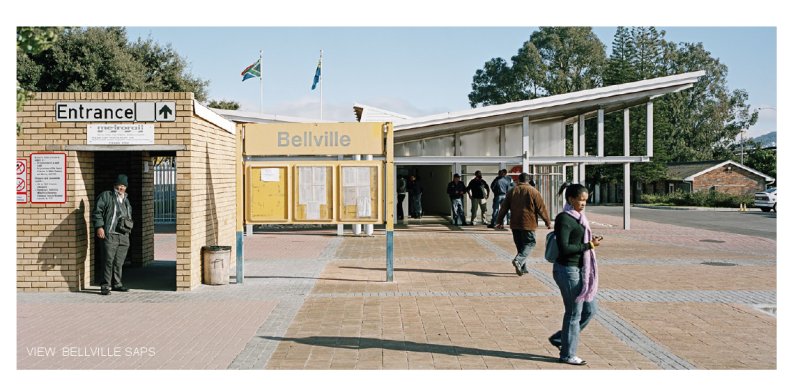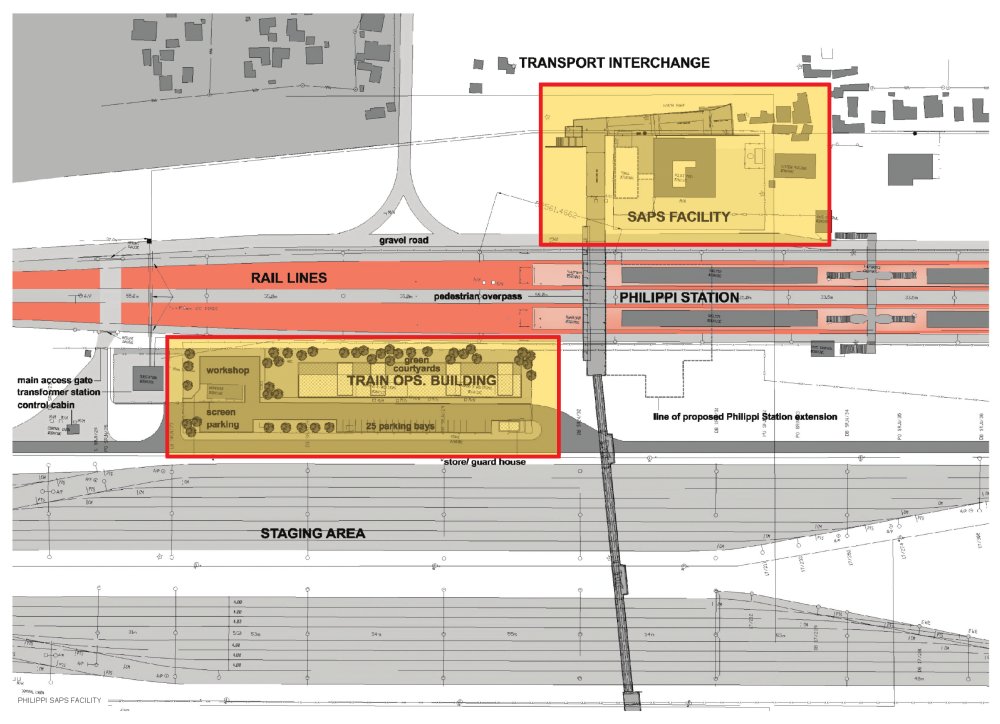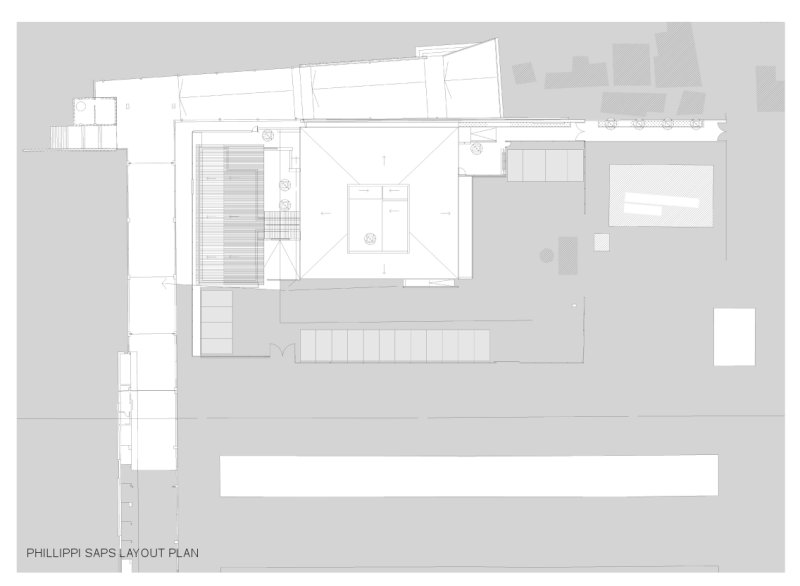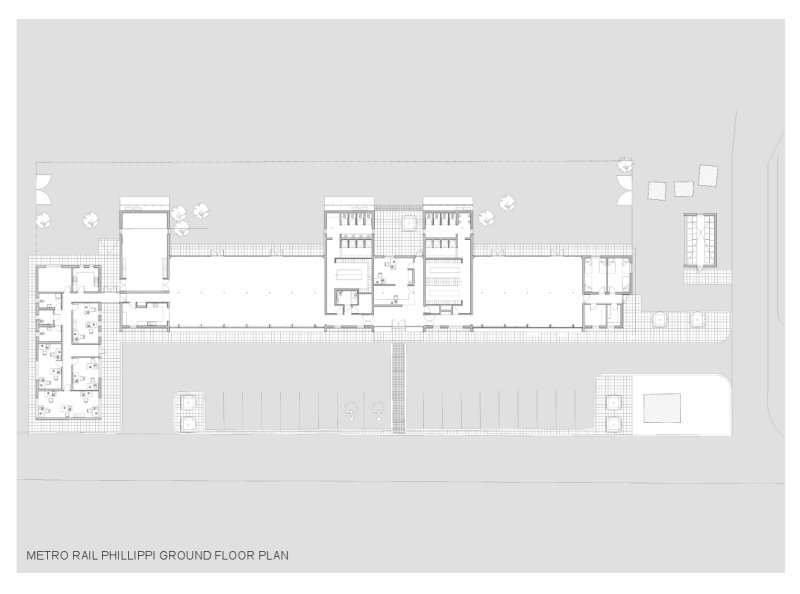You are here
The Aesthetics of Safety
- click images to see larger version -
THE AESTHETICS OF SAFETY
Location: Cape Town (2007)
Clients: Intersite / South African Rail Commuter Corporation / Metrorail.
SITUATION:
Rail is the accepted backbone of public transport in the Western Cape, contributing almost 59% of the total public transport profile, which in turn is responsible for 29% of the total transport profile in the city. The railway police force were disbanded during the late 1980’s after enduring allegations of acting as an enforcer for the apartheid regime, stricken by rumours of state sanctioned torture and other human rights abuses. The dissolution of this specialised police unit later proved to be a liability post 1994 with escalating crime on trains and at various train station stations, including vandalism, aggravated robbery, and violent assaults etc.
INTERVENTION:
The reintroduction of the Railway police was deemed necessary after a series of brutal incidents, but had two distinct social challenges facing its renaissance; countering the stigma of the past which still resided within living memory of many, and secondly using their reintroduction to connect different parts of the city and its different socio economic conditions and peculiar needs.
Four stations were identified, a new central hub at Cape Town station, and three satellite facilities, dealing with different degrees of social informality and contradictions, namely Philippi, Bellville and Retreat. All three satellites were located on the doorstep of taxi ranks and informal markets and meant to project a sense of the presence of the state apparatus in addressing safety for commuters. The police would be allocated to trains along various routes and thus connect the periphery to the core through a new web of security and visible policing.
Bellville taxi rank remains one of the largest taxi ranks in the Cape peninsula exposed to increased levels of vulnerability to unrest, and protests from the taxi community, and informal sector. Philippi station was located close to a well known meat market, with various health and security challenges relating to food production, high levels of unemployment. Cape Town station as the nexus of the railway police stations had to engage with its role in the heart of the CBD and the largest informal market- which was responsible for 70% of the crimes reported in the city.
Unlike other development processes in which public participation would form an integral component of the delivery of public infrastructure, security processes precluded this. What rather followed was an intense engagement and education of various security experts in the art of environmental design as an enabler of safer communities and to re-instill pride within the police service.
HYPOTHESIS:
Can a ‘re-imagination,’ of the aesthetic of the police station shift behavioural patterns and ‘re-brand,’ the police? The design strategy undertaken involved re-imagining the architectural expression of the police station as typology into an opportunity to shift the social brand of the police; for the public and police persons. Ensuring the architecture heralded the transition from a police force to a service presented the space for a new logic for the interface of the architecture with place, culture and perception patterns. Every intervention was unique to its place and setting and offered a different exposure to context in all areas, crime reduction was significant and the public perception of the police improved.
Retreat station is well located from a rail perspective with a lower to middle class surrounding environment, with retail center and light industrial activity in the vicinity.
The building frames and completes the urban square which in turn contains the Retreat taxi rank, and the entrance to the railway station. It gives edge definition and mediates scale from its civic aspect and abutting residential fabric.
The project has met with great success from the user perspective, and substantiates the necessity for humanist discourse in the making of civic infrastructure. It has received an award from the Cape Institute of Architecture and received a gold medal in the category Communication Design at the 33rd Annual Loerie Awards in 2011.
The community has experienced heightened safety levels, the building is one of the most popular destinations for police staff, and has brought a renewed sense of civic purpose and pride. It re-establishes a role for architecture as a key component of urban clarity and performance.
MOKENA MOKEKA / HOLGER DEPPE
MAKEKA DESIGN LAB
Powered by AA Media and The Architects Collective of South Africa


